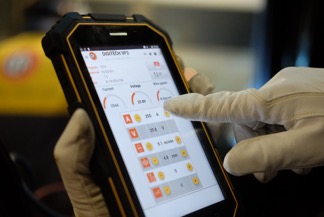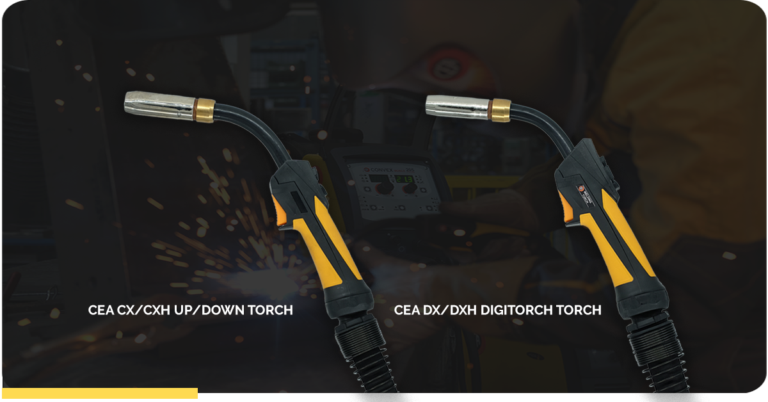Welding quality assurance with good customer service

For CEA, customer relations and customer service are essential. After purchasing a welding system, it is essential to have the assurance, from the manufacturer, that, in case of failure, they will intervene quickly and efficiently.
CEA’s commercial structures are spread across 70 countries around the world. CEA’s support team works together with retailers/dealers, the R&D area (Research & Development) and production to always, effectively and quickly meet all customer needs.
If you want a FREE DEMO of our products or need some information click here! We're at your service!
Additionally, to assist customers and prevent failures, our company has designed:
- Quality Manager
- Weld Manager
- Calibration Services
- WPQR and WPS (collections of processes for the EN 1090-2 standard)
CEA Quality Manager to monitor and optimize the welding process
The software that CEA has installed in Digitech VP2 welding machines, enables monitoring all work through the collection of data that can then be analysed and used to create detailed reports.
With a simple Ethernet cable, it is possible to record data from one or more machines connected to a network. The CQM is an economic tool as it does not require additional systems to detect parameters, rather it uses current, voltage and wire speed sensors present in the welding machines.
Read also: " Industry 4.0 applications: Digitech VP2, Inverter welding machine by CEA "
Welding quality assurance with CEA

Like the CQM, the CEA Welder Manager (CWM) is also present in the Digitech VP2 range and can monitor machines through a simple Ethernet connection.
With CWM, it is possible to keep functions under control, remotely, along with any failures in the welding machines; it also enables saving welding parameters. These automatic points, called “Jobs”, can be duplicated and loaded onto other welding machines to align the quality of the work.
With the Job backup function, the data can be safely stored on a device external to the welding systems, so that all functions can be restored in case of failure.
The CEA Welder Manager assists the customer to:
- Remotely monitor the welding machine
- Detect and analyse the cause of the failures
- Remotely set Jobs
- Control the full welding process if used together with the CQM
The CEA calibration service ensures welding machines are always in good working order
A welding system that operates correctly must comply with the EN 50504 standard, which describes the methods, instruments and tolerances it should have.
Which is why CEA pays much attention to the calibration of its welding machines, both during production, and once installed at customers’ factories.
For example, for MIG MAG welding machines it is important to check the current, voltage, and output speed of the wire.
Having a perfectly calibrated welding system increases the quality of the product and ensures its replicability.
Read Also: " MIG Welding: What to watch out for "
Welding quality assurance: CEA’s help for the EN 1090 standard

The EN1090 standard contains the references for the supply of metal constructions in steel and aluminium, from their design to their installation.
It defines the operating methods starting with materials, their processing (cutting, shaping, welding, etc.) and further specifies the requirements for assessing the conformity of performance features and structural components, along with the kits placed on the market as construction products.
The structural components in steel and aluminium are, in fact, considered “Construction products”: as such, they fall under Regulation (EU) No. 305/2011 which involves the work meeting mechanical resistance and stability requirements, along with the obligation of the Declaration of Performance (DoP) and the CE marking of the products themselves for their free movement on European territory.
The obligation for CE markings according to the EN 1090 standard began on 1 July 2014.
To understand in practical terms whether a carpentry product is subject to CE marking based on EN1090, we need to think whether removing this component from the work puts into play, or not, the resistance and stability of the whole work or just part of it, preferring in this analysis the stability of the work with respect to the safety of people (covered by other regulations).
With Welding Procedure Qualification Record (WPQR) and Welding Procedure Specification (WPS), CEA has created a collection of welding specifications available to companies that would like help in complying with standard EN 1090.
The WPQR and WPS are drafted and certified by the German competent authority SLV.
CEA is always available to customers, providing
{{cta('c9819577-65d8-4853-80d0-e1a00c4511b7','justifycenter')}}






